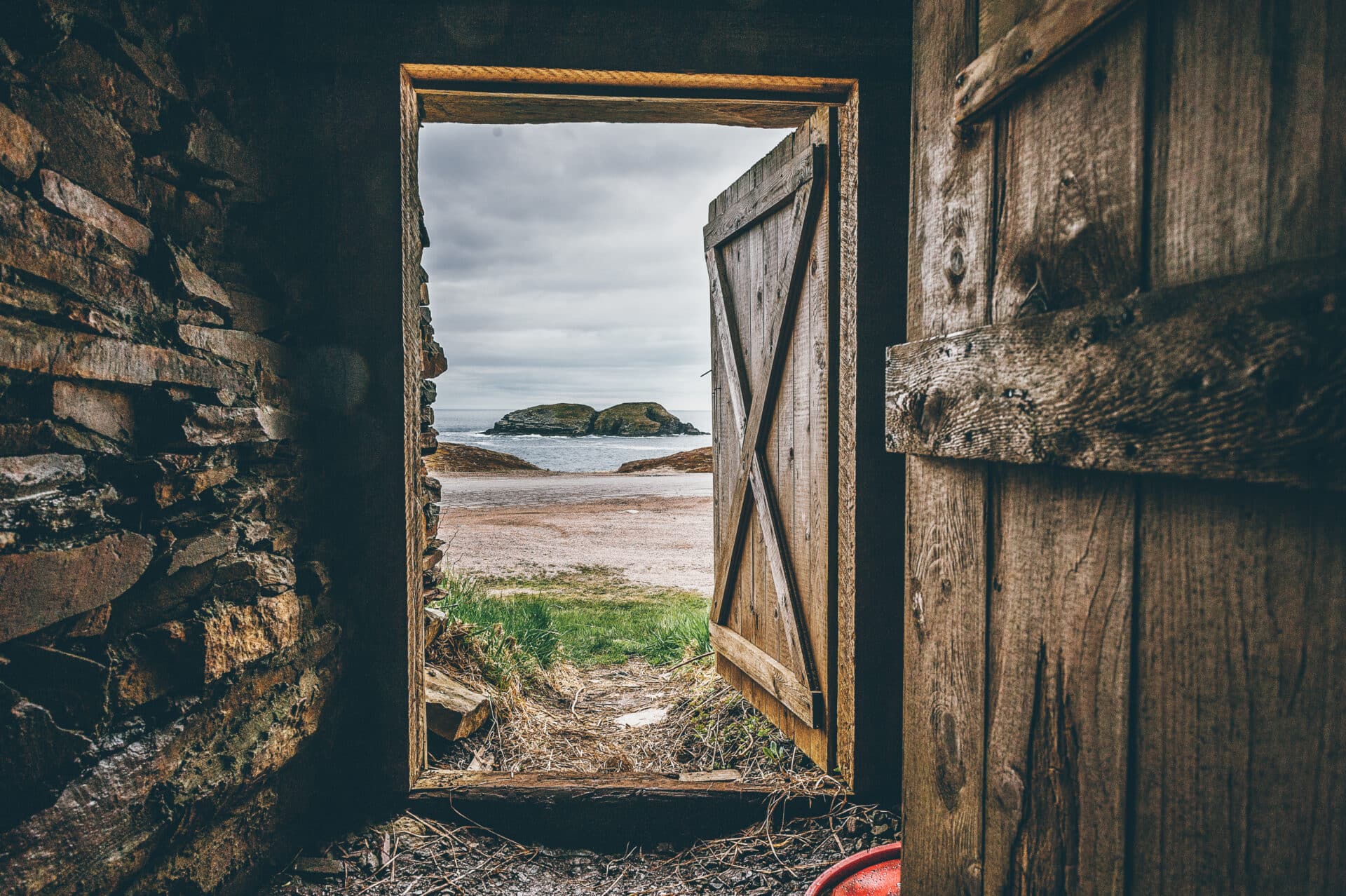Making distilled water out of tap water is a process that many people use to get the best quality and purest water possible. Distilled water is free of any harmful minerals, chemicals, or other contaminants that are found in some tap water. It can also be used for a variety of applications such as medical use, aquariums, and even drinking. The process of making distilled water out of tap water is relatively easy and requires only access to a few simple materials. In this article, we will discuss the steps involved in making distilled water from tap water and provide some tips on how to make sure you get the best quality product possible.Distilled water is water that has been purified through a process of distillation. Distillation involves boiling the water and then condensing the steam back into a liquid. This process removes impurities such as bacteria, salts, and minerals from the water, resulting in very pure water. Distilled water is commonly used in medical settings and in laboratories since it does not contain any contaminants that may interfere with experiments.
The Benefits of Distillation
Distillation is a process used to separate components from a mixture, usually liquids. This process has a variety of benefits, including the removal of impurities and the production of a high-purity product. Additionally, distillation can be used to concentrate a solution or to separate multiple components from each other. In some cases, it can even be used to purify water.
Removing Impurities
One of the most important benefits that distillation offers is the removal of impurities from a mixture. In this process, impurities are left behind as the desired components are vaporized and then condensed back into liquid form. The result is a higher-purity product than what was originally present in the mixture. This process is often used in industries such as food and beverage production, pharmaceutical manufacturing, and chemical refining.
Producing High-Purity Products
Distillation can also be used to produce high-purity products without having to use harsh chemicals or other methods that could potentially damage or degrade the product. For example, many essential oils are
What Equipment is Needed to Make Distilled Water?
Distilled water is a type of purified water that has had all of its impurities removed through a process known as distillation. To make distilled water, special equipment is needed to ensure that the process is done properly and safely. The primary pieces of equipment needed are a heat source, a container for the boiling liquid, and a condenser for cooling the steam. Additional equipment might also be necessary depending on the distillation process being used, such as filtering materials or a collection container for the distilled water.
The primary piece of equipment needed to make distilled water is a heat source. This can be either an open flame or an electric heating element. If an open flame is used, it must be done in a well-ventilated area and away from combustible materials. An electric heating element is often preferred because it can provide more consistent and controlled heat levels.
The next piece of equipment necessary is something to contain the boiling liquid. A pot or pan can be used for this purpose, or specialized distilling vessels can also be purchased that are designed specifically for this
What is the Process of Making Distilled Water?
Distilled water is water that has been purified by boiling it and condensing the steam back into a liquid. The process of making distilled water is relatively simple and involves boiling water until it evaporates, collecting the steam, and then condensing the steam back into liquid form. The vapor that is condensed will not contain minerals or other impurities, resulting in a clean and pure distilled water.
The process starts with putting water into a pot or container and heating it to boiling point. As the heat increases, the liquid will start to evaporate which will form steam. This steam is collected in a separate container and condensed back to liquid form through cooling. The cooling process can be done through natural means such as leaving it out in open air or using a cooling device such as an air conditioner or a fan.
Once cooled, this new distilled water can be collected in another container and used for various purposes such as drinking, cleaning, cooking, and so on. Since this process removes all contaminants from the water, it is generally considered to be safe for consumption. However, if you are planning on using this distilled water
Making Distilled Water Out of Tap Water
Distilled water is water that has been purified through a process known as distillation. Distillation involves boiling the water to separate it from impurities and then condensing the steam back into liquid form. While distilled water can be purchased in stores, it can also be made at home using tap water and a few simple items. Here is a step-by-step guide on how to make distilled water out of tap water:
Step 1: Gather Materials
To make distilled water at home, you will need a large pot, a smaller pot or bowl that fits inside the larger pot, ice cubes, and tap water. You will also need something to collect the condensed steam, such as a jar or bottle.
Step 2: Fill Pot with Tap Water
Fill the large pot about halfway with tap water. Make sure not to fill it too full as it will boil over when heated.
Step 3

Step 1: Sanitizing
Start by sanitizing all the equipment used for distilling tap water. This includes any containers, hoses, tubes, and other components that come in contact with the water. Thoroughly clean each item with hot, soapy water and a non-abrasive cleaning brush. Rinse each item with clean water to remove any soap residue.
Step 2: Disinfecting
Once all items have been sanitized, they must then be disinfected. To do this, use a solution of one part chlorine bleach to 10 parts water. Soak each item in the bleach solution for 10 minutes before rinsing them off with clean water. It is important to ensure that no bleach solution remains on the equipment after rinsing.
Step 3: Drying
After disinfecting the items used for distilling tap water, they must be allowed to air dry completely before storage or reuse. Place the items on a clean surface and allow them to dry in a dust-free environment
Distill Water
Distilling water is a process of purifying water by heating it to its boiling point, then condensing the steam that is produced into a separate container. This process removes impurities, such as sediment, bacteria, and other contaminants from tap water. It is often used in industries where clean and pure water is required for operations. Distilled water can also be used in households for drinking, cooking, and cleaning. However, some people find distilled water to have an unpleasant taste compared to tap or filtered water. Here are some tips for improving the taste and quality of distilled water from tap water.
Filter the Tap Water
Before distilling tap water, it should be filtered first using a carbon filter to remove chlorine and other chemicals that may give it an unpleasant taste or smell. This will also help reduce the amount of sediment that may end up in the distilled water after distillation.
Add Minerals
Adding minerals back to the distilled water can improve its taste and help restore some of its lost nutrients. This can be done by using mineral drops
Water Quality
When making distilled water from tap water, it is important to consider the quality of the water. Tap water can contain trace amounts of contaminants such as chlorine, iron, lead, and other minerals that can affect the taste and safety of the distilled water. It is also important to consider if there are any additional chemicals or pollutants that have been added to the tap water that could be hazardous when concentrated during distillation.
Equipment Quality
The quality of the equipment used for distilling tap water should also be considered. The distillation process requires boiling the tap water and then condensing the vapor into a separate container. The quality of the equipment used for this process is important as it will determine how well contaminants and pollutants are removed from the resulting distilled water. Poorly manufactured or maintained equipment can lead to contaminated distilled water with high levels of sediment or minerals.
Time and Temperature
When making distilled water from tap water, it is also important to consider both time and temperature. The amount of time that it takes to distill a given quantity of tap water will

Conclusion
Distillation is a great way to make distilled water out of tap water. With a few simple steps, you can have your own distilled water in no time. It’s a great way to have access to pure, clean drinking water. Moreover, it’s an environmentally friendly process that doesn’t require any chemicals or energy-intensive processes. With distillation, you can be sure that the water you’re drinking is free of contaminants and other pollutants.
Distilling your own water can be an economical solution for providing clean drinking water for your family. Investing in a good quality distiller and following the instructions carefully will help you produce high-quality distilled water at home. Additionally, it’s an easy process that requires minimal effort and resources, ensuring that anyone can make their own distilled water at home.
Overall, distilling tap water is a great way to ensure that you’re getting clean and healthy drinking water without having to spend too much time or money on the process. It’s a great option for those who want to make sure they’re getting pure and safe drinking water without

